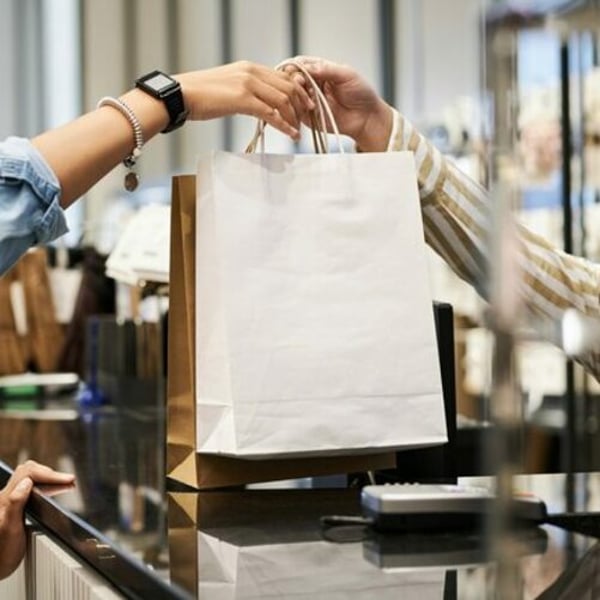how will consumer behaviour change in the coming years?
Translated by
Nicola Mira
Published
September 26, 2024
How will consumers go about their shopping in 2025? This is the far-reaching question that trend-monitoring firm WGSN addressed in a presentation at the Maison & Objet trade show, held on September 5-9 at the Villepinte exhibition centre in Paris. The goal of WGSN’s study was to provide retailers and brands with clues on how to interact with their customers in the coming years.

During the pandemic and its immediate aftermath, expenditure on consumer goods focused chiefly on essentials, but consumers are now more inclined to shop in order to enjoy new experiences, whether sport or culture-related. The success of the Paris 2024 Olympic Games and the European tour of US pop superstar Taylor Swift reflected this trend. A study by Eventbrite found that 54% of US consumers would rather receive a ticket for an experiential event than a physical gift.
Consumers keener on experiences
“Despite the generalised rise in the cost of living, consumers spent a lot of money on entertainment in 2023, eager to make up for the time they lost during the pandemic. Last year, US consumers spent $95 billion on movies and sporting events, a 23% increase over 2022,” said Joe McDonnell, head of Insights at WGSN, underlining that retailers too can benefit from this behaviour.
According to a study by consulting firm McKinsey, by 2027, 40% of retailers’ profits will come from activities other than physical retail, such as the business generated by cafés and bars in their shops, and more besides, for example leisure products, food and immersive experiences enjoyed in-store.
Stores are therefore set to become venues for connecting with consumers rather than for shopping, with purchases mostly made later online. In Tokyo, for example, lifestyle brand Muji has opened a guest house fully equipped with its products. Similarly, British beauty brand Lush has partnered with the production company behind Wes Anderson’s Asteroid City film to create a range of themed products including bath bombs, soaps and shower gels.
At the opposite end of the spectrum, in these anxiety-provoking times in which consumers are faced with growing financial pressure, some people are embarking on spending sprees simply to forget their problems. This phenomenon, also called ‘doom spending’, translates in buying huge quantities of low-quality products, spending excessive amounts and triggering countless returns.
Doom spending
To offset this anxiety-related trend, WGSN suggested that retailers create a safe and joyful shopping environment for their customers. “Take advantage of colour psychology, self-expression, sensory shopping and interactive human connection to improve mood,” advised McDonnell. Another strategy is to encourage conscious shopping by raising awareness of excessive personal spending, introducing safeguards to limit unpaid multiple purchases or spacing out repeat orders.
WGSN also pointed out that customers are increasingly eager to consume sustainable products but don’t always know how to proceed, so they need to be helped and guided in their shopping decisions. Another trend identified by the study was the growing importance consumers are attaching to belonging to a community of shoppers. WGSN gave the example of Kiki World, a beauty brand whose users can vote on upcoming product launches, co-create collections and earn points for their contributions to the brand, points that can be redeemed in exchange for products.
Finally, the e-tail landscape has reinforced consumers’ desire to make good deals and save money, a phenomenon that translates, for example, into an attraction for ‘dupe’ products, cheaper products that resemble branded ones. The study suggested that brands and retailers, instead of focusing on prices only, ought to innovate by developing reward programmes and subscription schemes.
Copyright © 2024 FashionNetwork.com All rights reserved.

